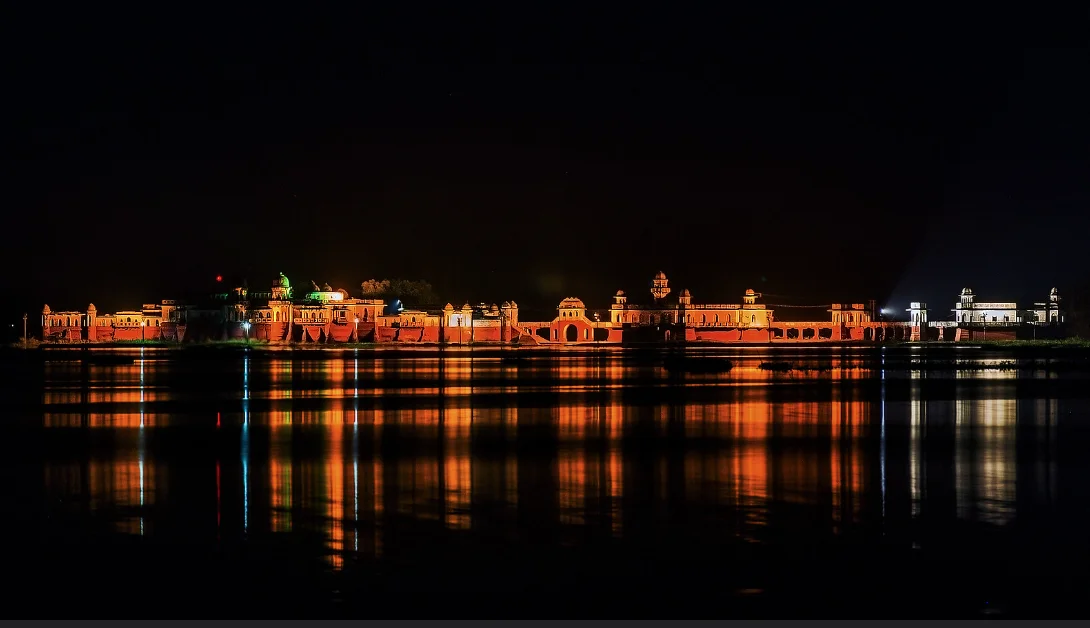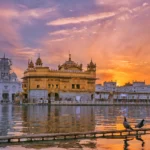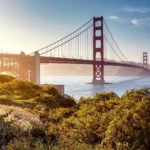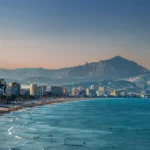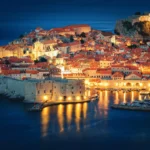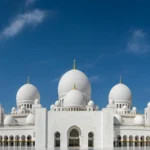Some journeys aren’t just geographical — they are spiritual, emotional, and deeply personal. The Seven Sisters of Northeast India don’t whisper their stories; they sing them in a chorus of clouds, forests, and ancient rituals. Tucked into the Himalayas’ eastern cradle, these seven states aren’t just destinations — they are seven different realms, each with its own rhythm, mood, and voice.
Let’s wander through them not as tourists, but as time travelers, memory collectors, and seekers of the extraordinary.
Arunachal Pradesh: Where the Light First Touches India
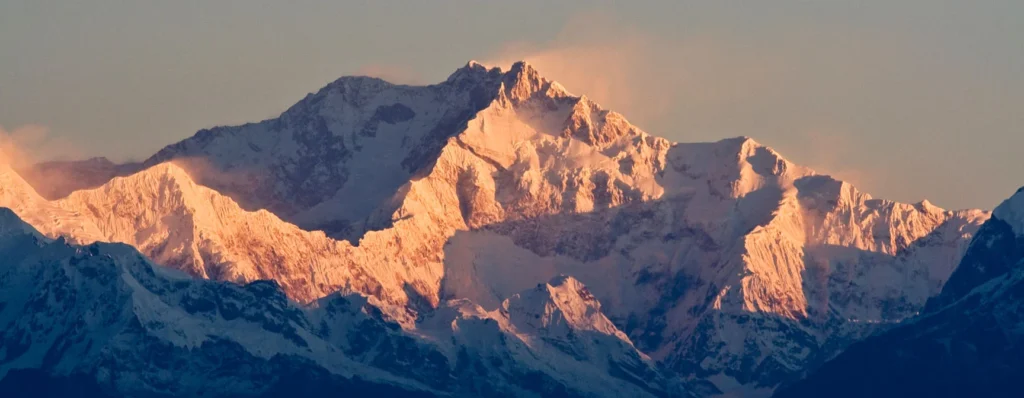
In Arunachal Pradesh, the sun doesn’t rise — it unfurls like a sacred flag. The mountains here don’t just stand tall; they loom like sentinels of forgotten legends. It’s not a place you visit in a hurry — you arrive slowly, like a prayer.
You may find yourself sipping butter tea beside a yak-herder in Tawang, the monastery bells echoing like distant thunder through the valleys. Or trekking through Ziro Valley, where the mist clings to rice fields and the Apatani women greet you with tattooed faces and eyes full of stories.
Best time to visit: October to April
Unmissable experience: Watching dawn break over Sela Pass, where snow sparkles like stardust and silence is a language of its own.
Assam: The River that Breathes
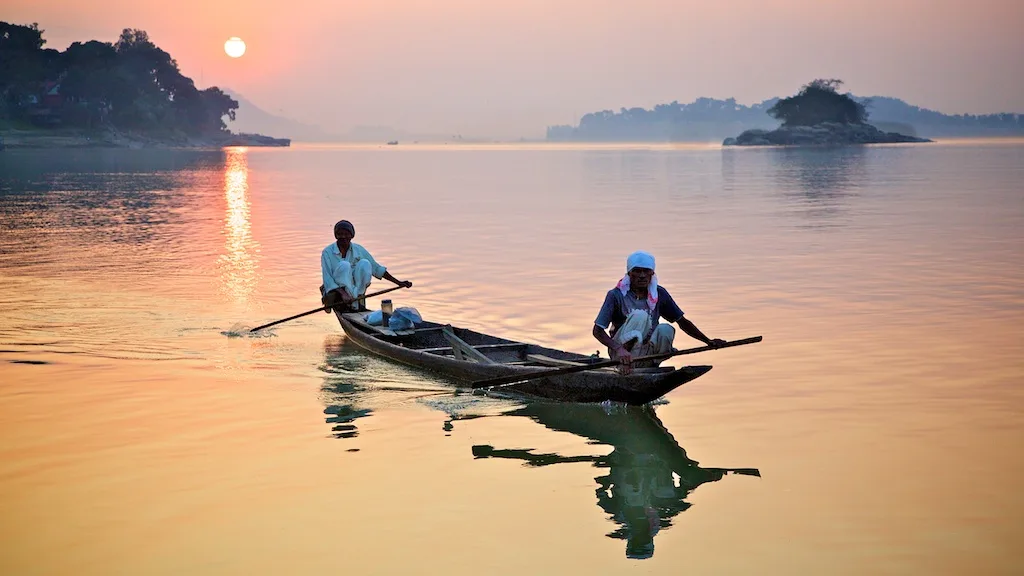
Assam isn’t defined by its borders but by its lifeblood — the mighty Brahmaputra, which doesn’t flow, it roars. This river doesn’t just cut through the land; it carves identity into everything it touches.
Cruise past golden mustard fields, drift into the Majuli Island, and listen to monks chant in namghars — wooden prayer halls standing on stilts in a world the river rewrites each year. At Kaziranga, elephants and rhinos walk like kings on ancestral land, unbothered by the ticking of modernity.
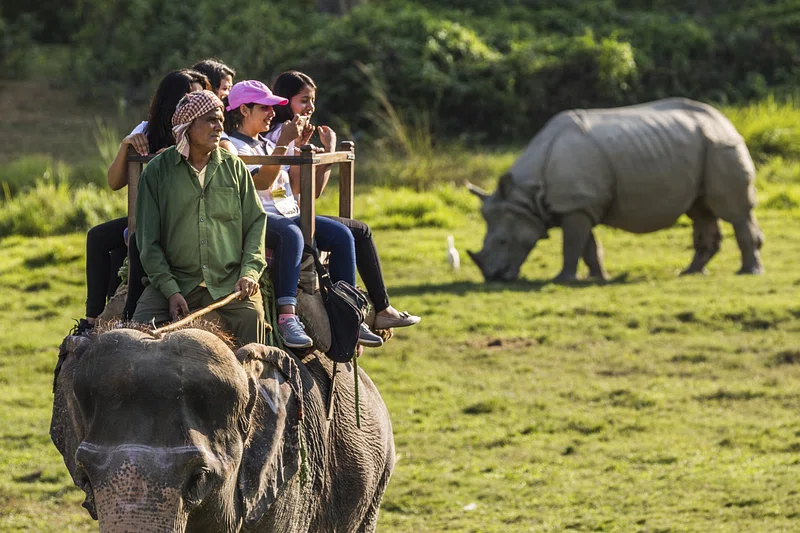
Best time to visit: November to April
Unmissable experience: Tea-tasting in the fog-kissed estates of Jorhat, where every cup holds generations of labor and lore.
Meghalaya: Cloud-Kissed and Rain-Washed
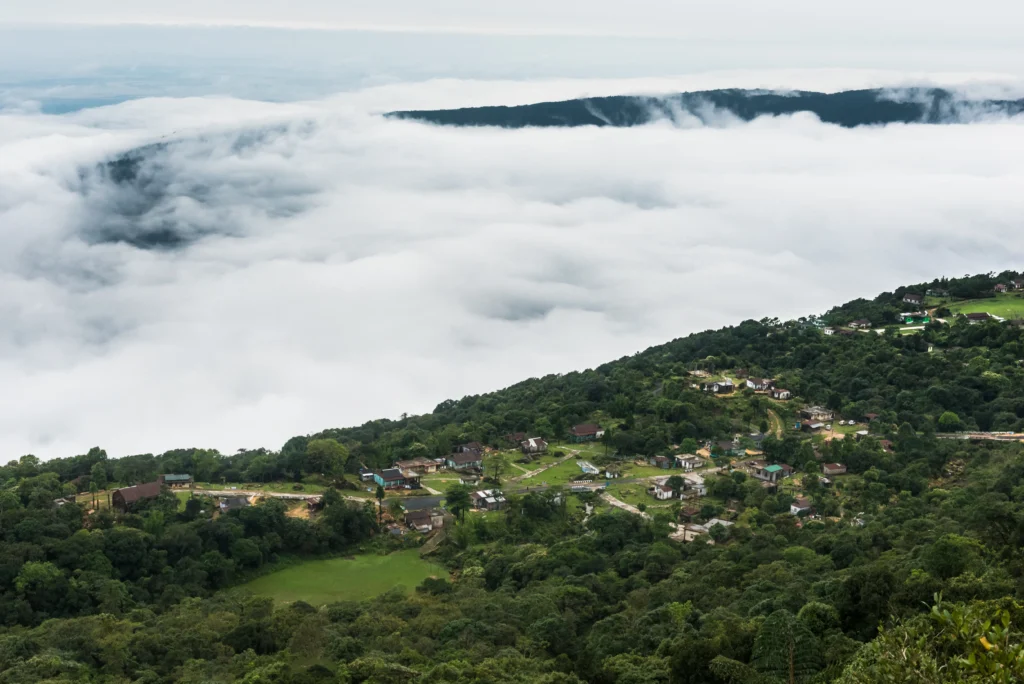
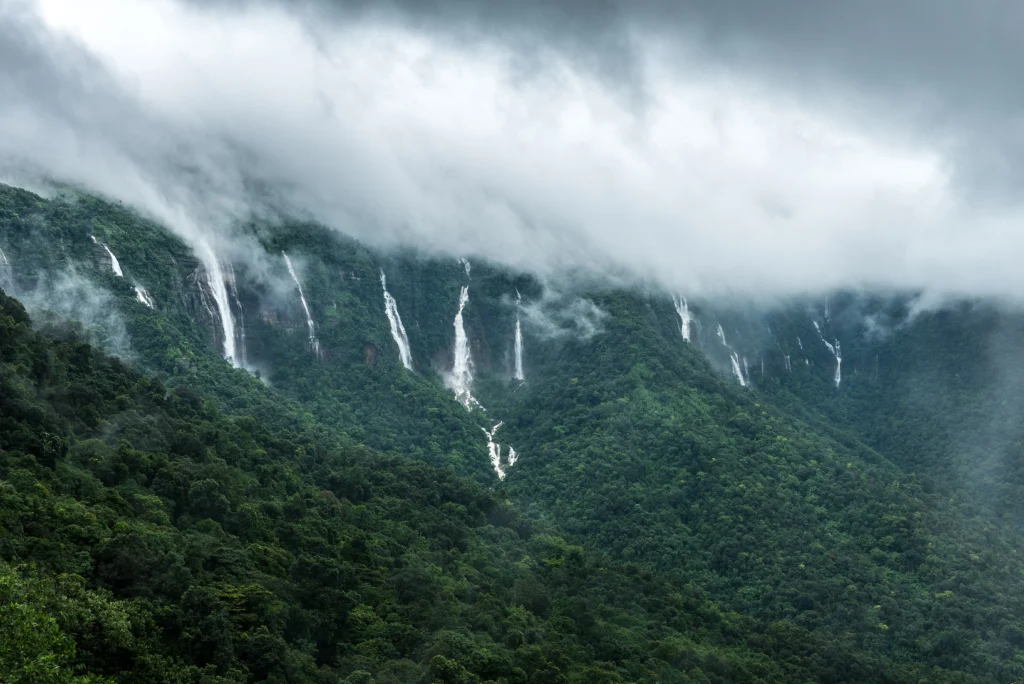
In Meghalaya, the clouds don’t visit — they move in. They nest on hilltops, settle in valleys, and wash over you like velvet blankets soaked in rain. It’s a land that doesn’t just receive monsoons — it dances with them.
Caves here have rivers flowing inside them. Waterfalls spill from nowhere, and root bridges grow patiently, hand-woven by time and tribe. In villages like Mawlynnong, where cleanliness is a craft passed down like heirlooms, you’ll see the world as it could be — if only we slowed down.
Best time to visit: October to June
Unmissable experience: Standing in silence at the Nohkalikai Falls, where legends leap with the mist.
Manipur: The Ballet of Culture and Courage
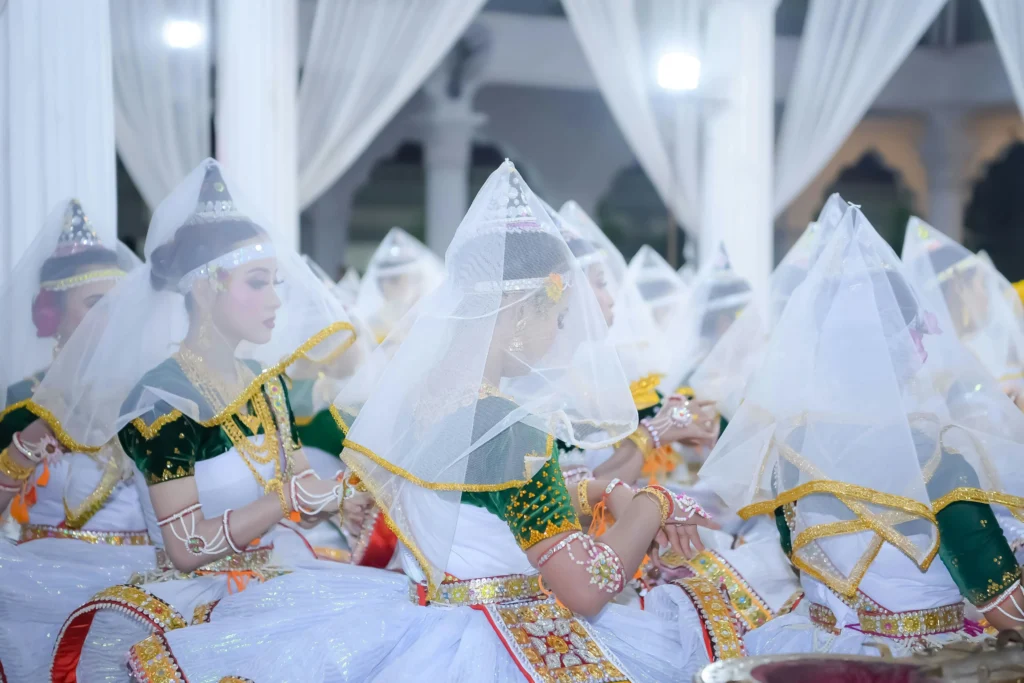
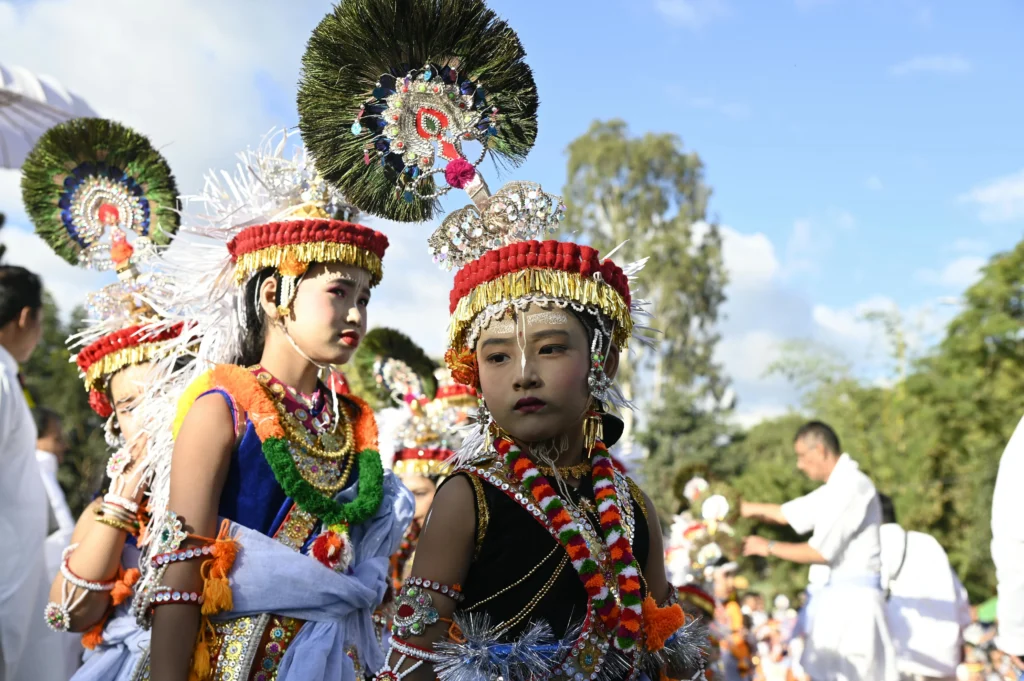
Manipur doesn’t perform; it glides. Its every movement is deliberate, every tradition choreographed like a centuries-old ballet. Life here is poetry in motion — whether it’s the elegant Ras Leela dance, or the floating villages on Loktak Lake, where homes drift with the rhythm of the water.
Manipur isn’t loud, but it’s unforgettable. Forts like Kangla whisper tales of resistance and resilience. Villages like Andro hum with the sounds of hand-spun pottery wheels and the quiet fermentation of rice beer.
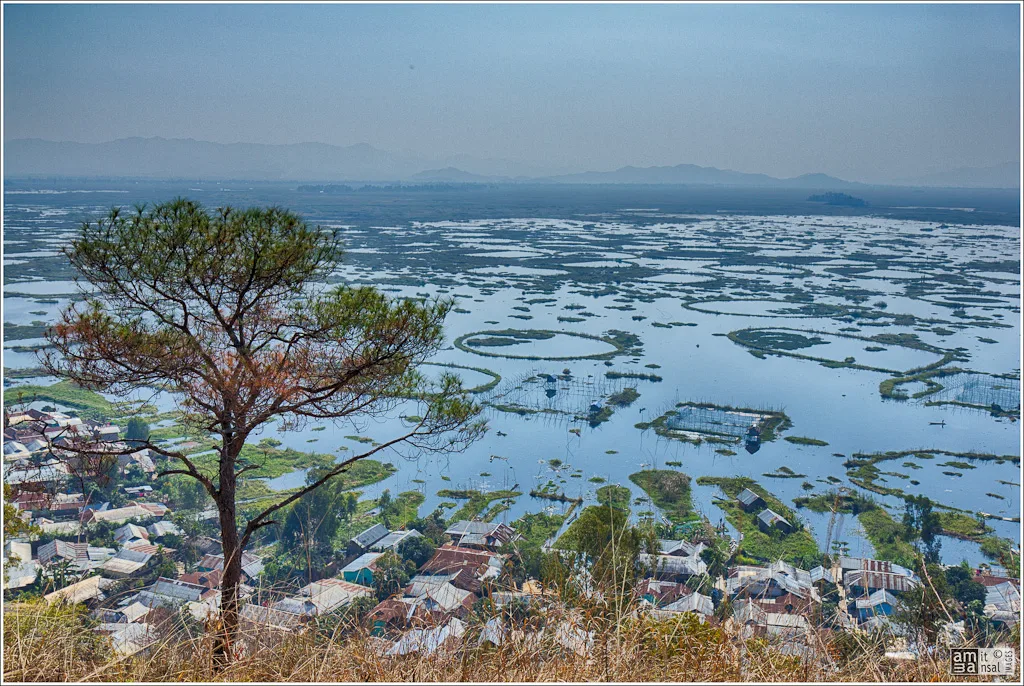
Best time to visit: October to March
Unmissable experience: Gliding over Loktak Lake on a wooden boat, surrounded by floating vegetation and myth.
Mizoram: Where the Hills Hum Back
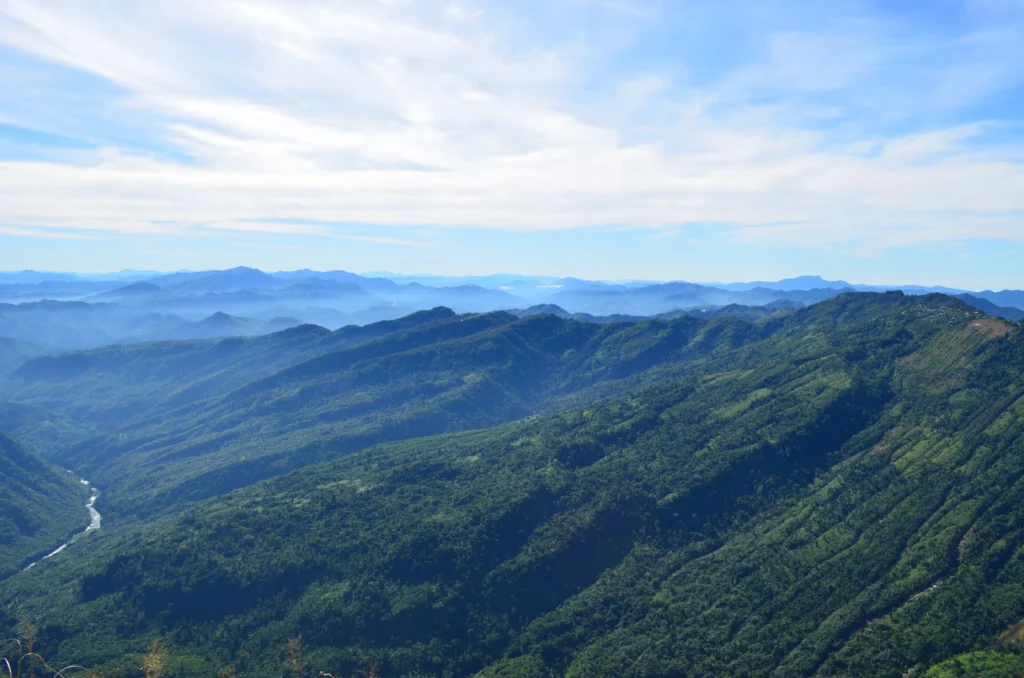
To visit Mizoram is to tune into a frequency few outsiders hear. The hills here don’t just rise — they reverberate. Villages perch like songs frozen mid-verse, and churches on hilltops sing out loud on Sunday mornings.
Aizawl doesn’t feel like a capital — it feels like a balcony above the clouds. And Reiek is where you go when you want to hear your heartbeat against the silence of ancient hills.
Best time to visit: October to March
Unmissable experience: Attending a community festival in a Mizo village where strangers are welcomed like relatives returning home.
Nagaland: Of Horns, Hills, and Heroes
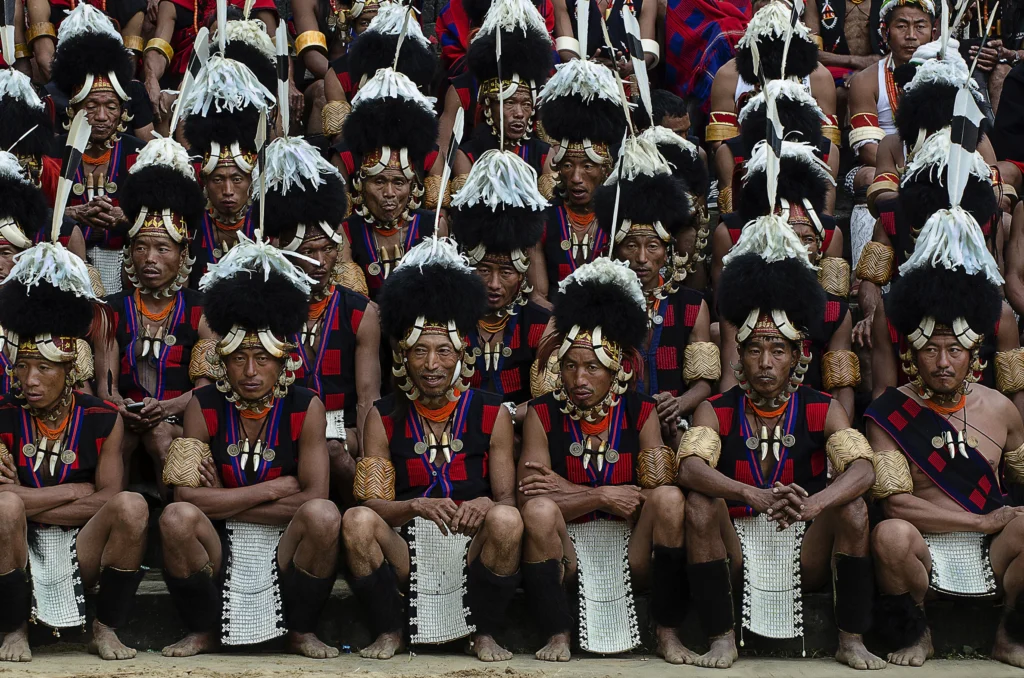
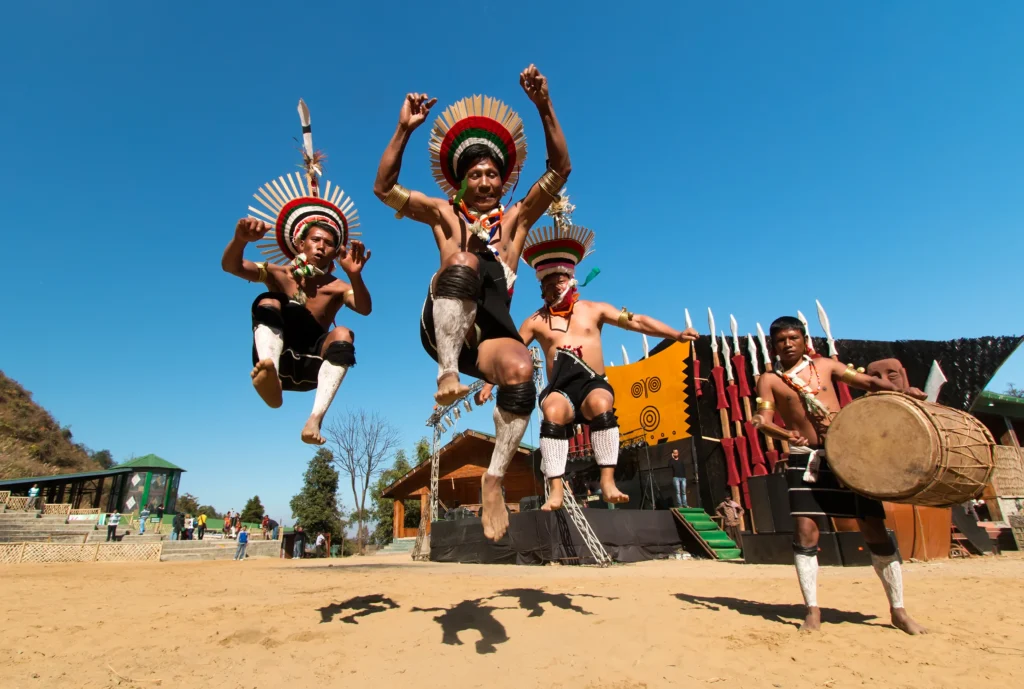
Nagaland doesn’t shy away — it steps forward, drums beating, head high. It’s a tapestry of over 16 proud tribes, each one with its own dialect, dress, and drumbeat. Here, tradition isn’t a relic — it’s alive, evolving, and fierce.
Come in December, and the Hornbill Festival will swallow you whole. Dance battles, war cries, and tribal tattoos turn the hills into a living museum. But away from the festival, there’s quiet grace — in Dzukou Valley’s wild lilies, in the twilight hush over Kohima’s war cemetery.
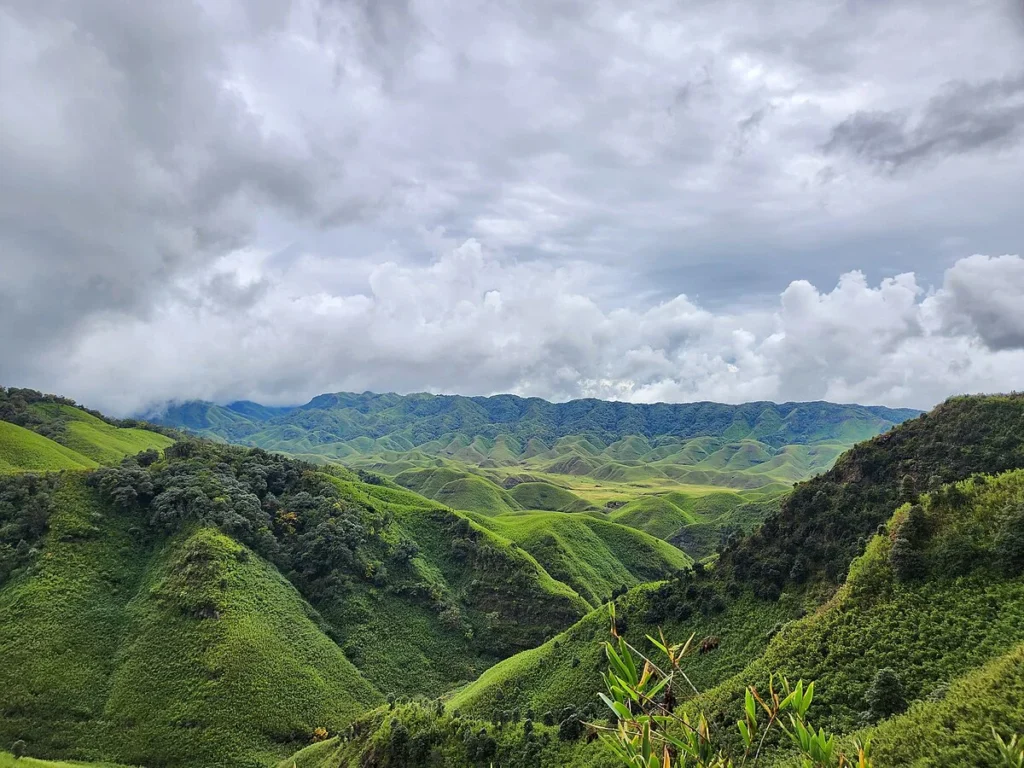
Best time to visit: October to March (especially December for the Hornbill Festival)
Unmissable experience: Trekking through Dzukou Valley, where nature blooms defiantly on a battlefield of clouds.
Tripura: Palaces, Legends, and Whispering Forests
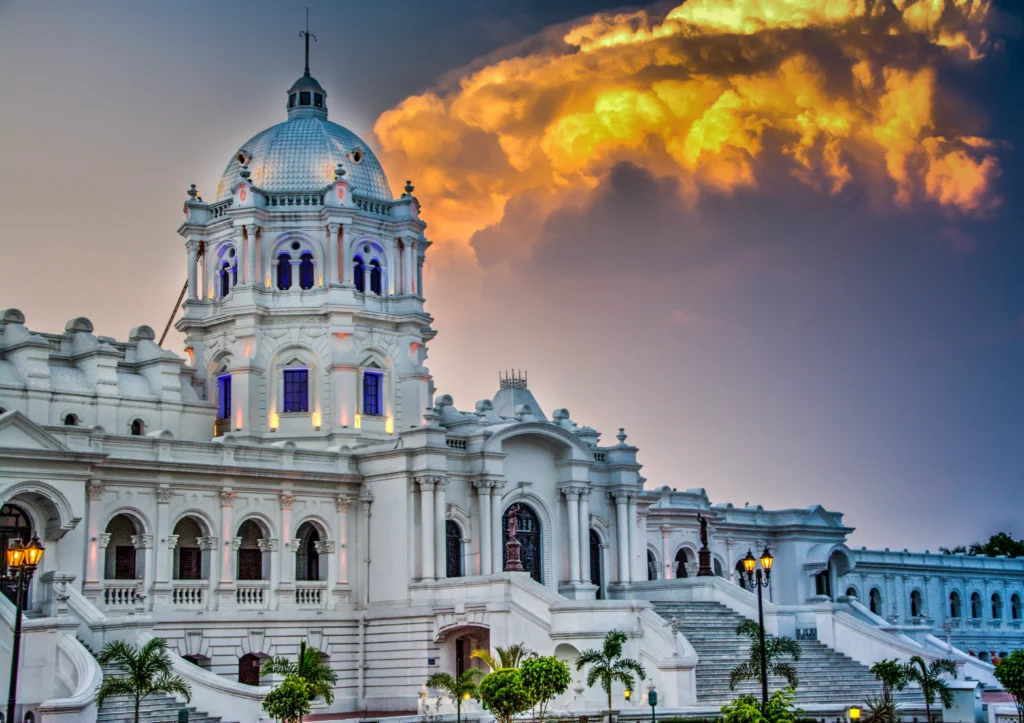
Tripura is soft-spoken, but her stories are deep-rooted. Temples peek through the trees like forgotten gods, and palaces wear their age like velvet robes. At Unakoti, giant rock carvings lie half-buried in jungle moss — some say Shiva himself sculpted them.
Float through the halls of Neermahal, a palace surrounded by lake waters that blush pink at sunset. In Agartala, music drifts through the streets like incense smoke.
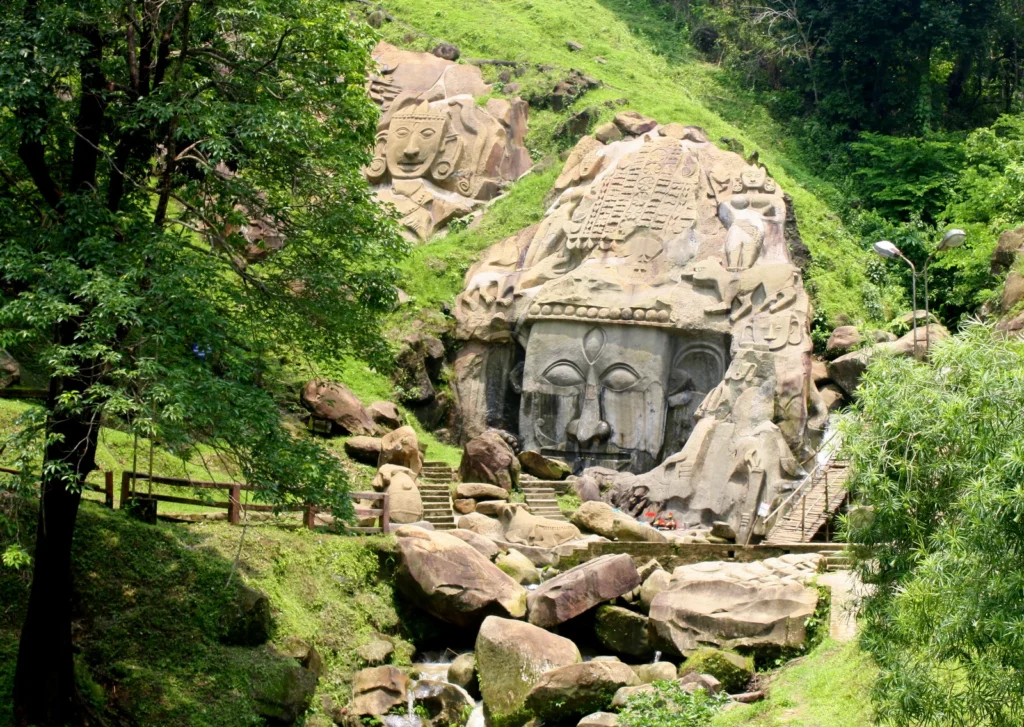
Best time to visit: November to March
Unmissable experience: Getting lost (intentionally) among the mossy carvings of Unakoti, guided only by birdsong and legend.
Final Words: A Journey You Feel, Not Just Take
The Seven Sisters aren’t just places you tick off on a map. They are worlds you step into. Each one pulls you in, wraps you in its language and lullaby, and teaches you something — not just about India, but about wonder itself.
Here, you don’t just visit.
You arrive, you absorb, and you become.

